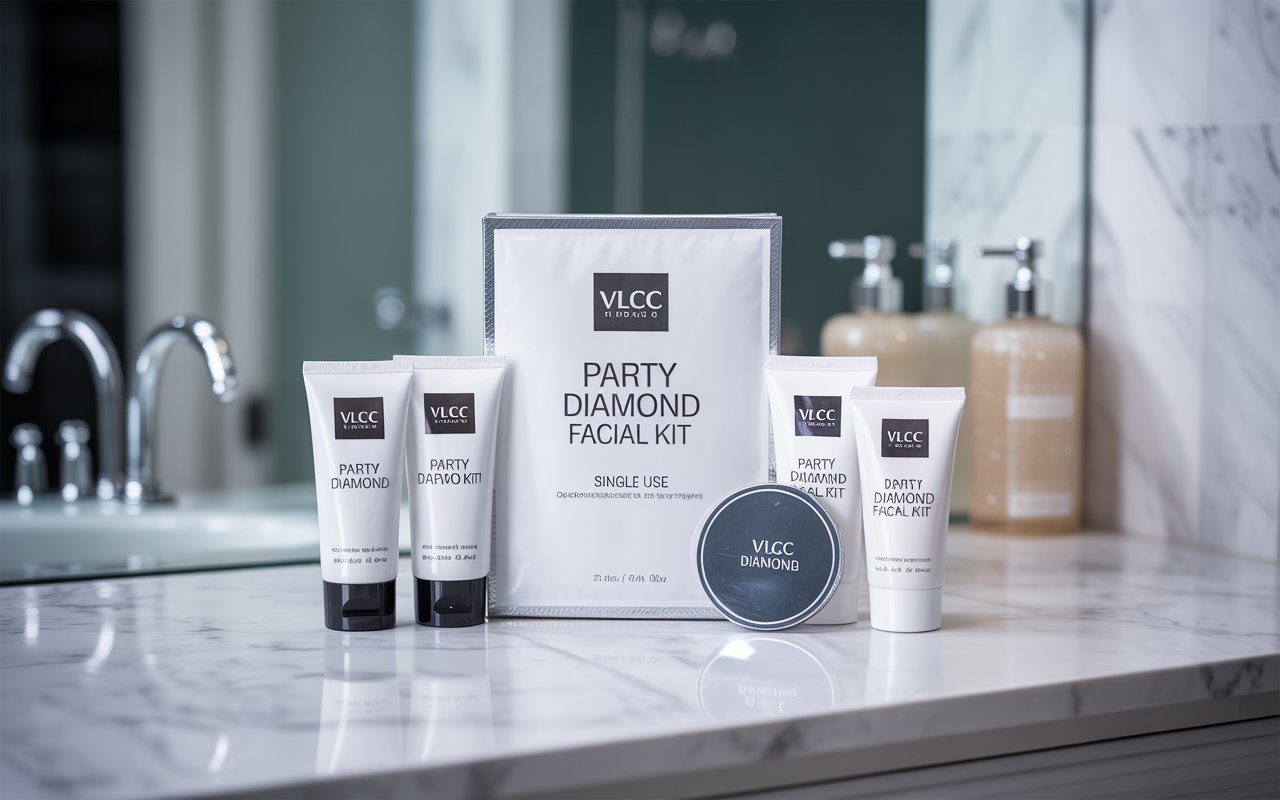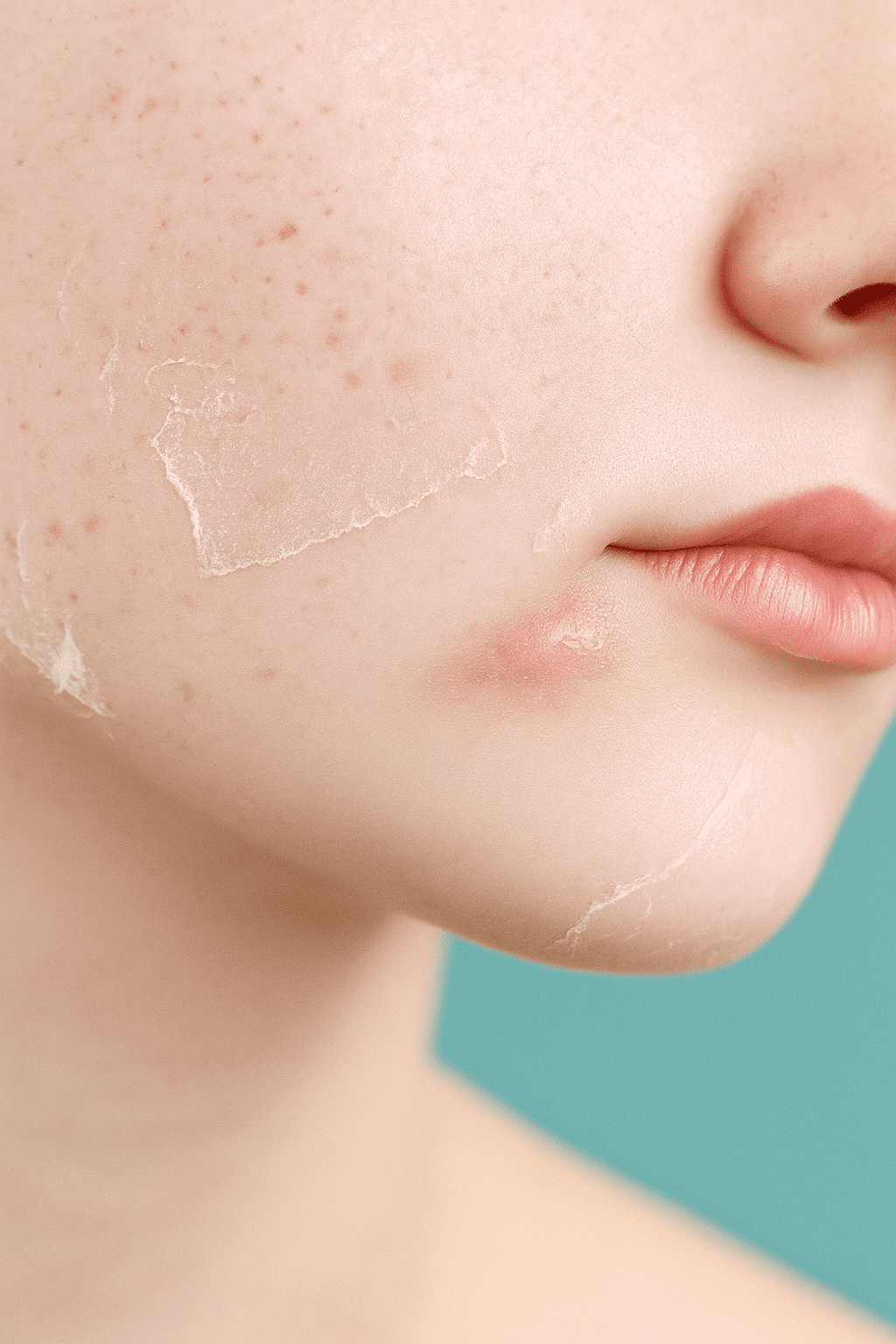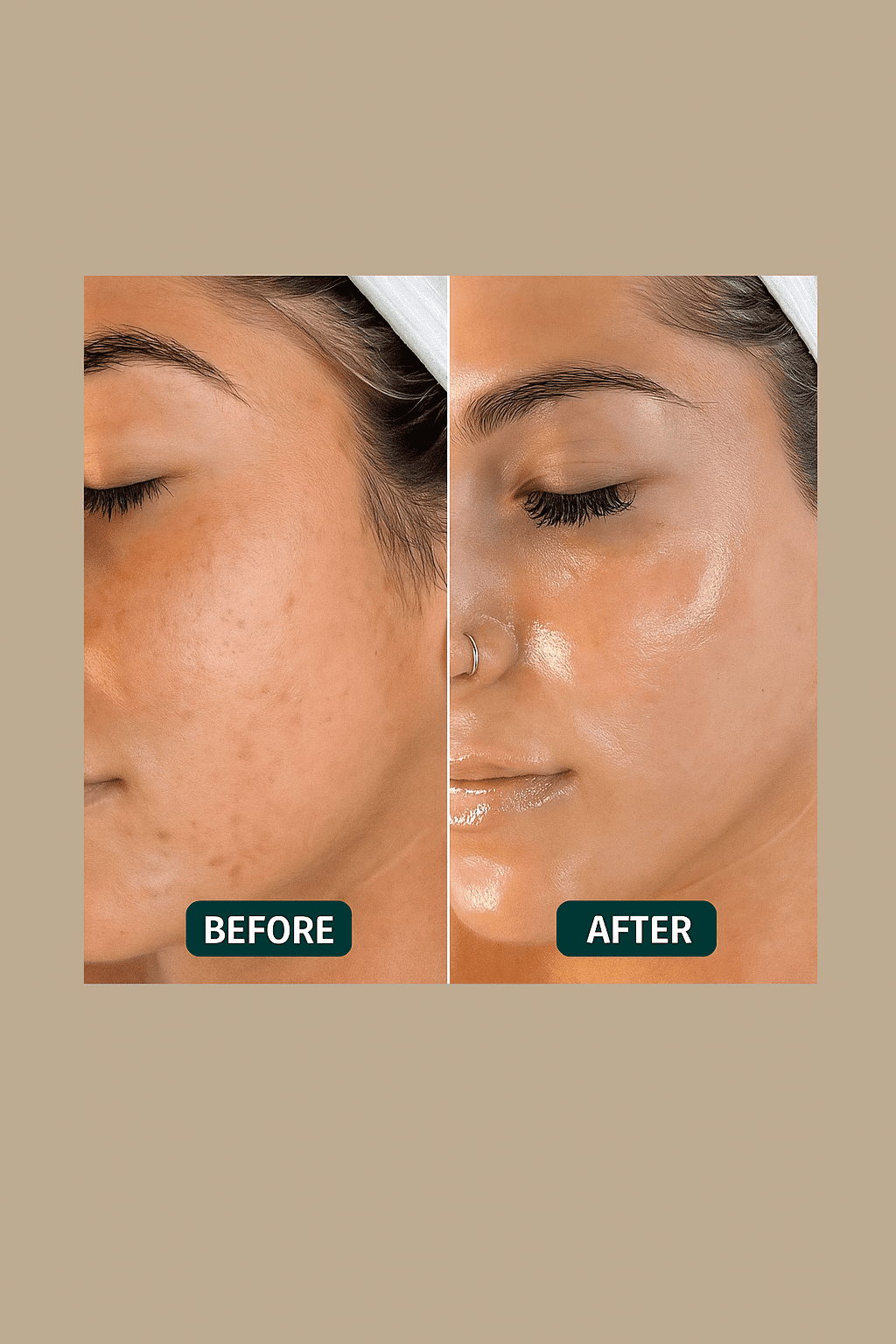Noticing more strands in your brush or a thinning part can be a deeply worrying experience, affecting confidence for countless individuals regardless of gender.
While many factors contribute to this common issue, hormonal changes are a primary culprit for both men and women, leading many to ask if hormone replacement could be the key.
Before making any decisions, it’s vital to examine all proven methods; this guide will explore seven powerful solutions to help you reclaim your hair with clarity and confidence.
Understand Why Your Hair is Thinning
Many people notice their hair becoming finer or shedding more. This can happen for various reasons, including your genetic background, shifting hormone levels, and daily habits like diet or stress. It’s a common concern that often has a clear explanation.
Identify Common Reasons for Hair Loss
Hair thinning is rarely without a cause. The most frequent triggers are:
- Genetics: Your family history often plays a major role.
- Hormonal Fluctuations: Major life changes can disrupt growth cycles.
- Lifestyle Factors: High stress levels and poor nutrition are common contributors.
How to Select a Treatment for Healthier Hair
Choosing the right solution depends on your specific situation, goals, and budget. It is always best to consult a dermatologist for a proper diagnosis.
They can identify the root cause and recommend the most effective path forward.
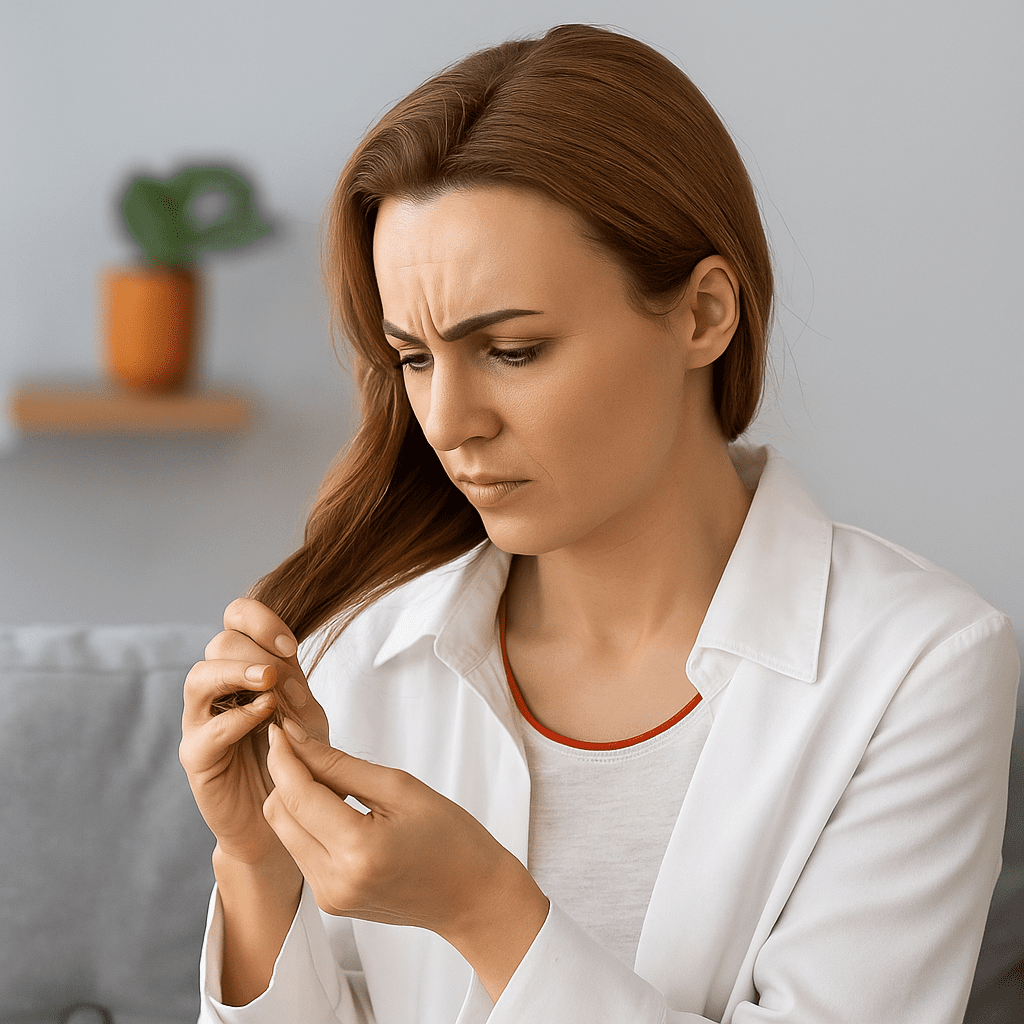
Hormone hair fall
Recognize the Impact of DHT on Pattern Baldness
A key actor in genetic hair loss is a hormone called Dihydrotestosterone (DHT). This is a derivative of testosterone that can attach to hair follicles, causing them to shrink over time and produce progressively thinner hairs until they stop growing altogether.
This process affects both men and women, leading to male and female pattern baldness. If you want releated to read about this topic, “7 Powerful Remedies to Control Hair Fall After Rebonding
Connect Hormonal Shifts to Thinning Hair
Your body’s endocrine balance is crucial for healthy growth. Imbalances in specific hormones can trigger shedding:
- Menopause: A drop in estrogen can make hair feel weaker.
- Thyroid Issues: Both an overactive and an underactive thyroid can disrupt the growth cycle.
- Testosterone & Estrogen: The balance between these hormones is vital; an imbalance can accelerate follicle miniaturization.
Pros vs. Cons
| Method | Pros | Cons |
|---|---|---|
| Topical Treatments | Non-invasive, widely available | Can take months to show results |
| Prescription Medication | Clinically proven to slow loss | Potential for side effects |
| Lifestyle Changes | Improves overall health, no cost | Requires significant dedication and time |
Hormone Replacement Therapy:
Hormone Replacement Therapy (HRT) is a medical treatment that supplements the body with hormones like estrogen or testosterone.
It is primarily used to relieve common menopause symptoms but can also impact hair health.
How This Treatment Functions
Hormones are powerful chemical messengers. For some individuals, hair thinning is directly linked to hormonal changes, such as a decline in estrogen levels.
HRT works by restoring hormonal balance in the body, which can create a better environment for hair follicles to grow.
Proof of Effectiveness
Studies indicate that HRT can improve hair thickness and reduce loss for women experiencing menopause-related thinning. The success is often tied to estrogen’s role in prolonging the hair’s growth phase.
Many dermatologists note that results are best when treatment begins soon after symptoms start.
Potential Drawbacks and Safety
This therapy is not without risks. Potential side effects can include nausea, headaches, and mood swings. More serious concerns involve a slightly elevated risk of blood clots or stroke for some users.
A doctor can assess your personal risk factors before starting any treatment.
| Pros vs. Cons of HRT for Hair Loss | |
|---|---|
| Pros | Cons |
| Can improve hair thickness and volume | Carries potential health risks |
| Treats the root hormonal cause | Not approved solely for hair loss |
| Also alleviates other menopause symptoms | Results and side effects vary by individual |
Select a Treatment for Healthier Hair
Choosing the right solution depends on your specific situation, goals, and budget. It is always best to consult a dermatologist for a proper diagnosis. They can identify the root cause and recommend the most effective path forward.
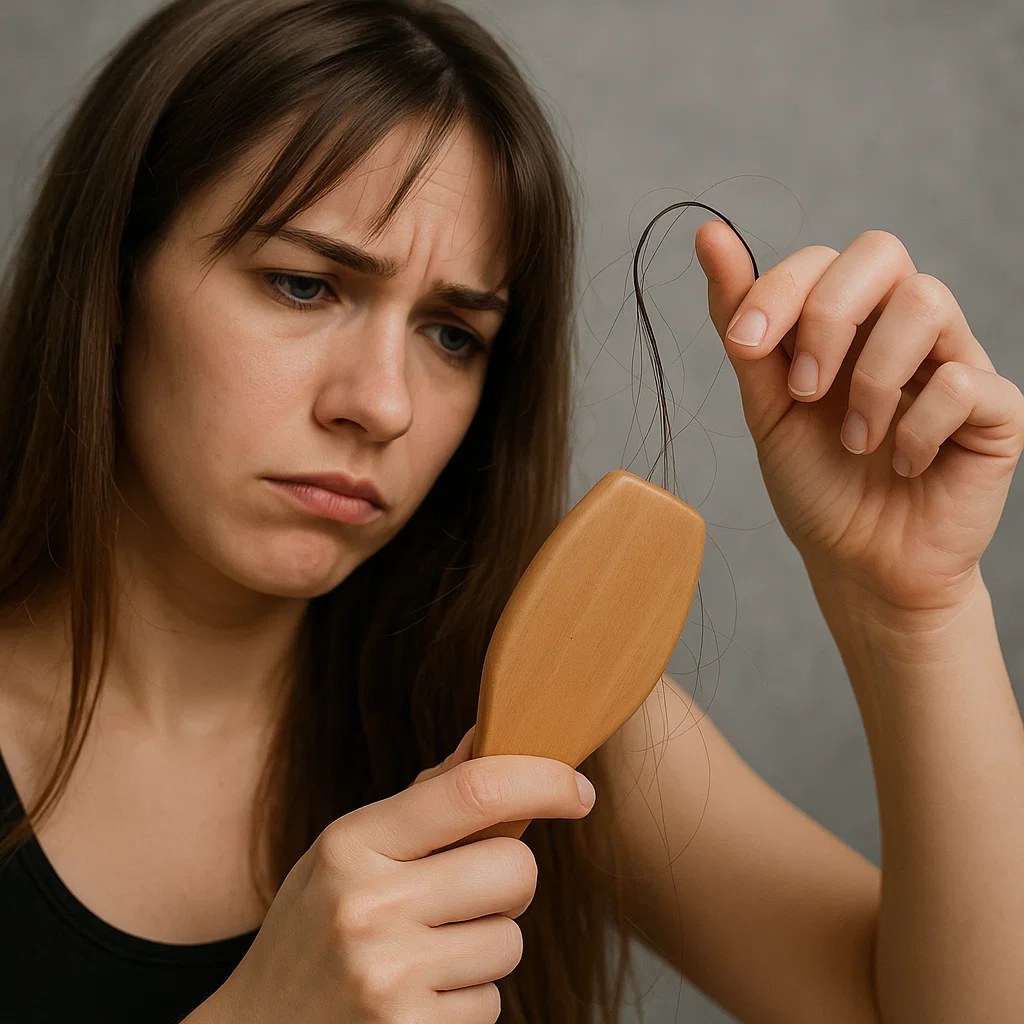
The 7 Powerful Hair Loss Solutions
1: Minoxidil (Rogaine)
This well-known topical liquid or foam works by revitalizing shrunken hair follicles and extending their growth phase.
- Ideal Users: This treatment is often most successful for individuals experiencing early-stage hair loss at the crown of the head. It is approved for use by both men and women.
2: Finasteride (Propecia)
This prescription pill functions by inhibiting an enzyme that converts testosterone into DHT (dihydrotestosterone), the hormone responsible for shrinking vulnerable follicles.
- Safety Profile: While generally well-tolerated, a small percentage of users may experience reversible sexual side effects. Discuss potential risks with your doctor before starting.
related topic hair care”13 best tips Hair Care After Rebonding for Long-Lasting
3:PRP Therapy (Platelet-Rich Plasma)
This innovative procedure involves drawing a small amount of your blood, processing it to concentrate the platelets, and then injecting that plasma into the scalp.
These platelets release growth factors that stimulate natural hair regeneration.
- Effectiveness & Investment: Studies show high satisfaction rates, though results are individual. It is considered a cosmetic procedure, typically costing several hundred dollars per session, with multiple sessions recommended.
4: Low-Level Laser Therapy (LLLT)
Devices like laser caps and combs emit safe, low-level light energy. This is absorbed by cells in the follicle, potentially increasing blood flow and cellular energy production to encourage hair strength.
5; Choose a Hair Transplant Method for a Natural Look
Modern procedures move hair follicles from thick areas to thinning spots. The two main techniques are Follicular Unit Extraction (FUE) and Follicular Unit Transplantation (FUT). Your choice impacts scarring, recovery time, and final results.
| Method | Pros | Cons |
|---|---|---|
| FUE | No linear scar, less discomfort, faster initial healing | Can be more expensive, might take longer for large sessions |
| FUT | Often more affordable for large grafts, single session can cover big areas | Leaves a fine line sc |
Recovery typically involves:
- Following your surgeon’s aftercare instructions precisely.
- Gentle scalp washing within a few days.
- Avoid strenuous exercise for several weeks.
- Waiting for the transplanted hairs to shed and then regrow over several months.
6:Improve Scalp Health for Stronger Hair
A clean, nourished scalp is the foundation for healthy growth. Specialized shampoos and treatments can help create an optimal environment.
- Ketoconazole shampoos fight dandruff and fungal issues that can hinder growth.
- Caffeine-based formulas aim to energize follicles and extend the growth phase.
- Regular, gentle cleansing removes pore-clogging debris and excess oils.
Expert tip: A balanced diet rich in vitamins and minerals is just as crucial as what you apply topically.
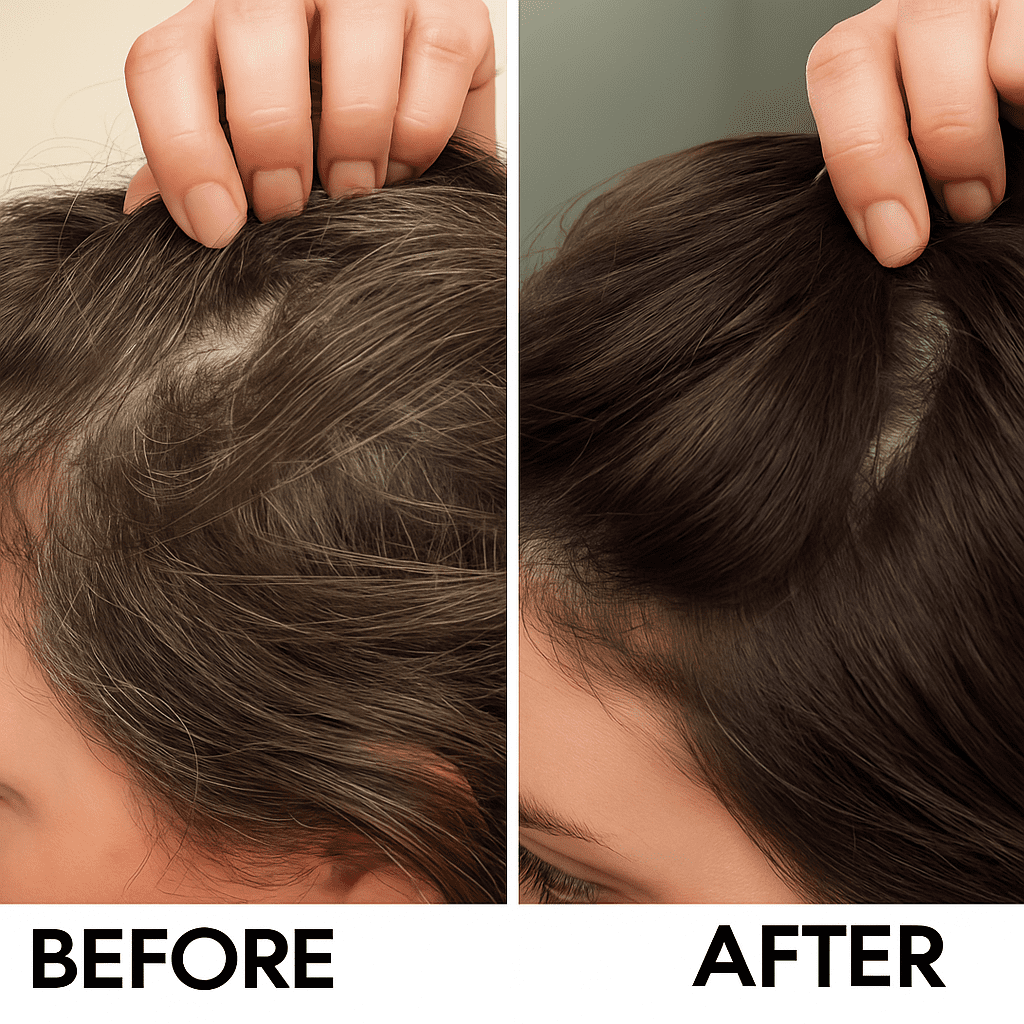
7: Stimulate Hair Growth with Natural Techniques
Some non-surgical methods can support thicker hair. These approaches focus on awakening dormant follicles and providing essential nutrients.
Microneedling uses tiny needles to create micro-injuries on the scalp. This process boosts blood circulation and can enhance the absorption of topical treatments, encouraging regeneration.
Natural options to consider include:
- Supplements like biotin and zinc, after consulting a doctor.
- A nutrient-rich diet full of protein, iron, and antioxidants.
- Natural oils (e.g., rosemary, peppermint) are massaged into the scalp to improve blood flow.
Comparing Hormone Therapy
to Minoxidil or Finasteride work differently.
- HRT addresses a root cause by balancing overall estrogen and testosterone levels, which can indirectly improve hair growth and quality.
- Minoxidil/Finoxidil is a topical treatment that stimulates hair follicles directly.
- Finasteride is an oral pill that blocks a specific hormone (DHT) responsible for follicle shrinkage.
| Treatment Option | How It Works | Best For |
|---|---|---|
| HRT | Balances overall body hormones | Individuals experiencing hair loss due to menopause or hormonal imbalance |
| Minoxidil | Topical solution that stimulates follicles | Early-stage hair loss for both men and women |
| Finasteride | An oral pill that blocks the DHT hormone | Male pattern baldness only |
Expert tip: Consult a dermatologist to diagnose your specific hair loss type before starting any treatment.
Hormone Treatment Versus Natural Approaches
Natural methods focus on nourishment and reducing stress, while HRT is a clinical intervention.
| Aspect | HRT | Natural Remedies (e.g., Saw Palmetto, Biotin) |
|---|---|---|
| Scientific Backing | Strong, clinically proven results | Limited evidence; results vary greatly |
| Speed of Results | Typically faster, more dramatic | Slower, often more subtle |
| Primary Action | Corrects a hormonal deficiency internally | Supports general health and nutrient levels |
Remember: A healthy diet is crucial, but it may not reverse genetic or significant hormonal hair loss.
Evaluating Cost and Long-Term Effectiveness
Your investment involves both immediate price and sustained success.
| Treatment | Estimated Monthly Cost | Long-Term Consideration |
|---|---|---|
| HRT | Higher | Requires ongoing monitoring and prescription renewals |
| Minoxidil | Medium | Must be used indefinitely to maintain results |
| Finasteride | Medium | Must be taken continuously; side effects possible |
| Natural Supplements | Low | Effectiveness is not guaranteed for everyone |
FAQS:
How Does Hormone Imbalance Lead to Thinning Hair?
An imbalance in key bodily chemicals can significantly impact your follicle health. For instance, low estrogen or high androgen levels often trigger a condition known as androgenetic alopecia.
This common issue alters the natural growth cycle, leading to noticeable shedding and finer strands. It’s a primary reason many individuals explore treatment options to restore their natural balance and improve scalp coverage.
How to Identify a Hormonal Hair Loss Pattern for Effective Treatment
Recognizing the specific pattern of thinning is the first step toward a powerful solution. Hormonal thinning often follows a predictable path:
- A gradually widening part line.
- Reduced density around the crown of the head.
- Overall decrease in volume while the hairline typically remains intact.
Consulting a specialist is essential for an accurate diagnosis, as this pattern helps distinguish it from other types of alopecia.
Pros and Cons of Hormone Therapy for Regrowth
| Pros of HRT | Cons of HRT |
|---|---|
| Can effectively combat thinning | Potential side effects exist |
| Improves overall hair fullness | Not suitable for everyone |
| Also addresses other menopause symptoms | Results may vary per individual |
| Non-surgical intervention | Requires ongoing medical supervision |
Is Hormonal Hair Loss Reversible with Treatment?
In many cases, yes, this type of thinning can be successfully managed. The key is early intervention.
Treatments like topical solutions (e.g., minoxidil), certain medications that block androgens, or hormone replacement therapy (HRT) can help restart the growth phase. Consistency with your chosen method is critical for seeing noticeable improvement and preventing further loss.
Who is the Right Medical Expert to Consult for This Issue?
You should seek a professional who specializes in conditions related to the scalp and hormones. Ideal practitioners include:
- Dermatologists, especially those focused on hair disorders.
- Endocrinologists are experts in the body’s hormonal systems.
- Gynecologists or TRT clinicians, for those experiencing changes related to menopause or andropause.
They can order specific tests to check your levels and recommend a personalized plan.
What is the Difference Between Temporary Shedding and Permanent Loss?
Understanding this distinction is vital for treatment.
- Temporary Shedding (Telogen Effluvium): Often a reaction to stress, illness, or a hormonal shift like postpartum changes. The follicles remain alive but are resting, and hair usually grows back.
- Permanent Loss (Cicatricial Alopecia): This refers to scarring alopecia, where follicles are destroyed and cannot regenerate. The common hormonal pattern, androgenetic alopecia, involves miniaturization of follicles but is not always permanent if treated early.
How to Choose a Shampoo for Hormone-Related Thinning
Selecting the right cleansing product supports your overall strategy. Look for formulas that contain ingredients like ketoconazole or caffeine, which can help create a healthier scalp environment and stimulate follicles. While a shampoo alone is not a standalone solution, it is an excellent supportive measure when combined with other medical treatments recommended by your doctor.


